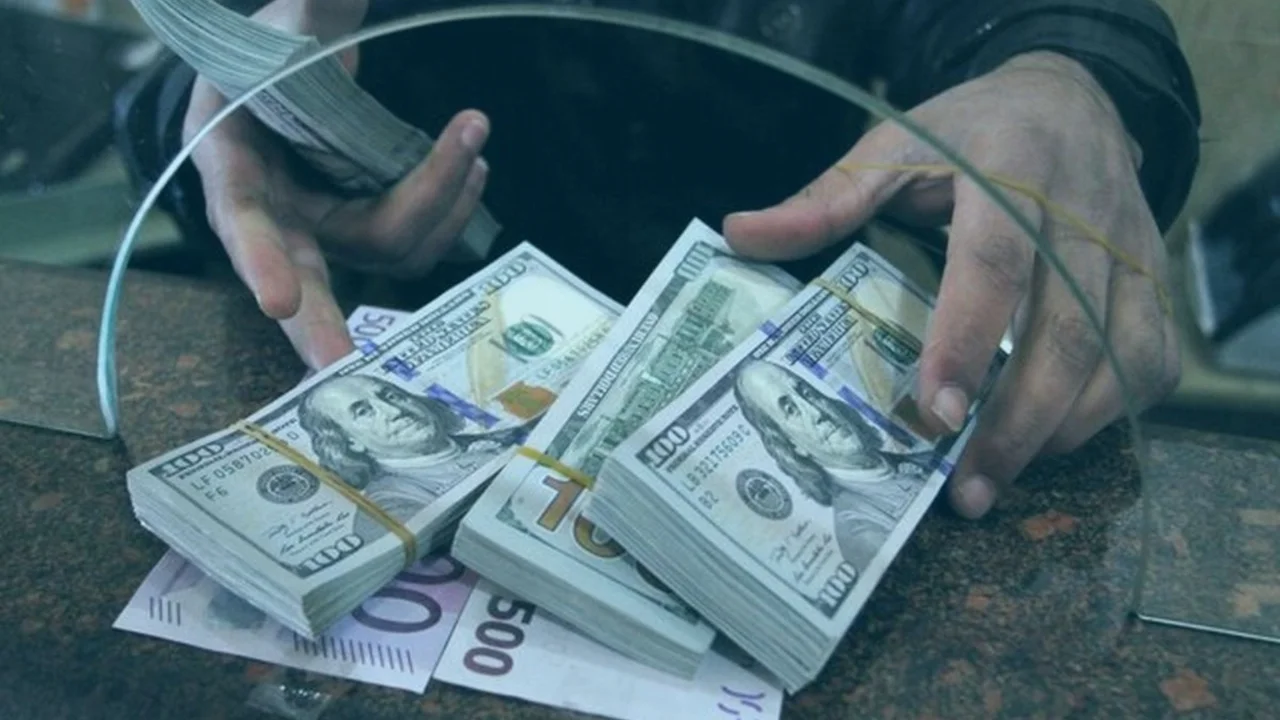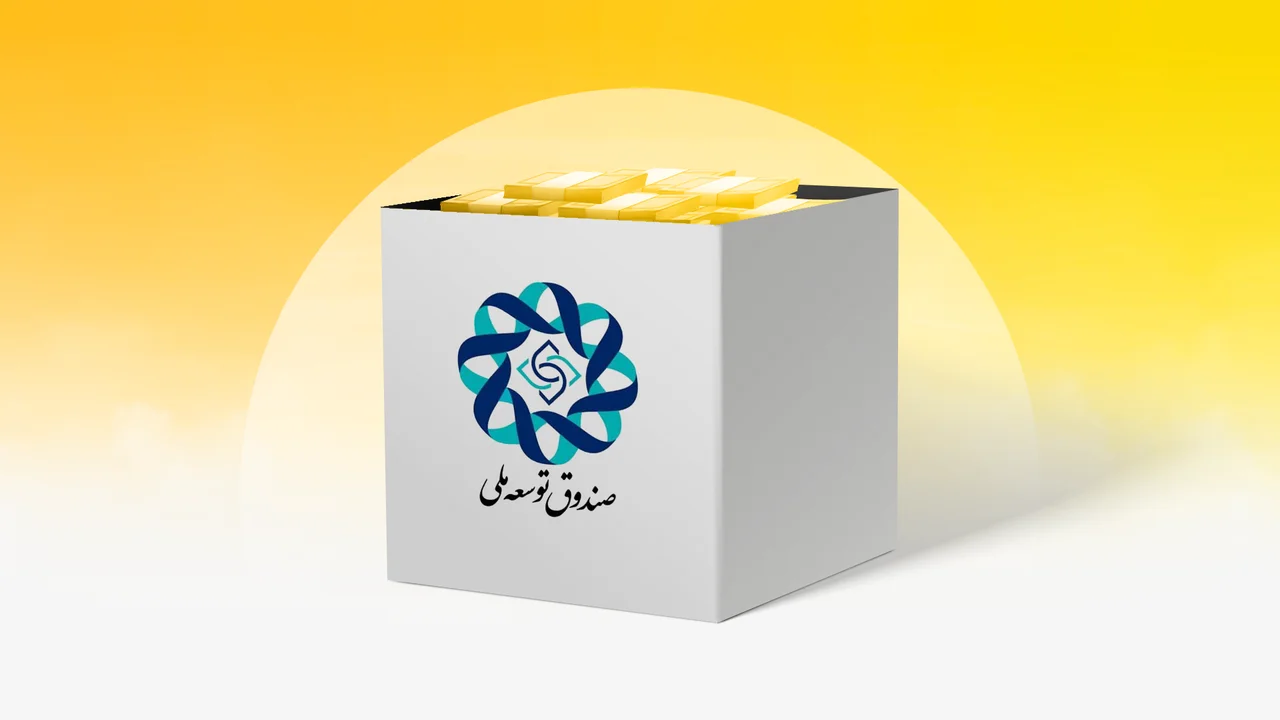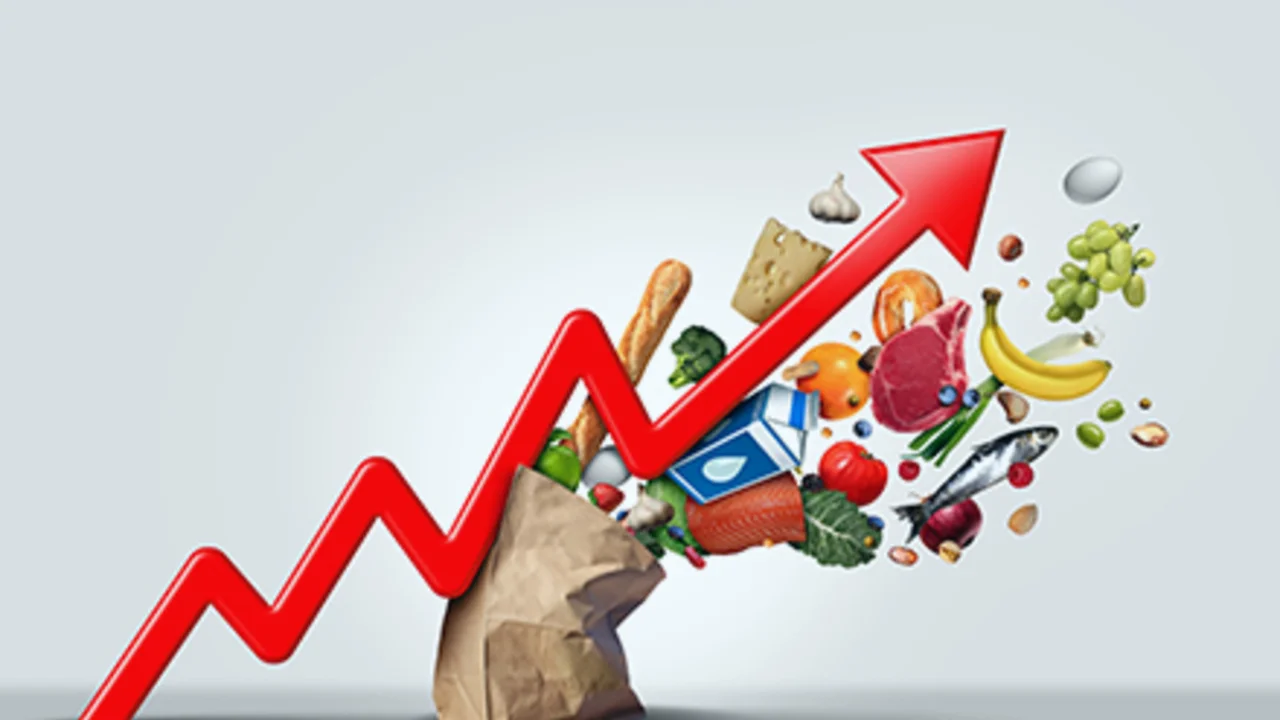Iran’s Current Crisis Dwarves Previous Currency Shocks
Iran’s national currency lost more than half its value during the March 2022 to March 2023 period. The value of the U.S. dollar in Iran’s currency market was around 26,000 Tomans in March of 2022, but increased to around 60,000 Tomans in March 2023.
Iran has weathered several currency shocks in the last several decades. Since the establishment of the Islamic Republic, price increases, fluctuations, and currency shocks and instabilities have been a permanent characteristic of the Iranian economy, especially after the end of the Iran-Iraq war.
During the past 33 years, the average value of the U.S. dollar against Toman has increased 46,000%. According to Iran’s Central Bank, the U.S.dollar was sold for 118 Tomans in 1989. This number increased to an average of 54,000 Tomans in March 2023.
Of course, this gradual decrease has not been consistent. During the past 33 years, at least five economically and socially devastating currency shocks have occurred in Iran.
This report uses statistics to illustrate the dimensions of these events.
The shock of 1994-1995
The currency shock of 1994-1995 was the biggest in Iran’s modern history until the 2010s. The crisis began in the late winter of 1994 and peaked in the middle of the spring of the following year. Iran's national currency value against the U.S. dollar was halved during this period.
This devaluation was equal to the current cumulative devaluation of the Toman against the dollar during the past five years. Between 1990 and 1994, currency devaluation was lower than annual inflation. The government was keeping foreign currency prices artificially low, but market adjustments rendered it ineffective, and Iran saw one of the biggest currency shocks in its history.
The shock of 2011-2012
The highest monthly currency devaluation was recorded in October of 2012. The price of one American dollar in the open market increased by 35%, which was the highest increase recorded in three decades.
This increase started in the winter of 2011, when the United States sanctioned the Iranian Central Bank. The price of the dollar, which fluctuated between 900 and 1100 Tomans for five years, suddenly reached 2,000 Tomans. In the summer of 2012, it reached 3,000 Tomans.
This trend continued until the end of 2012. When Hassan Rouhani’s administration came to power in 2013 with its unique monetary policy, the Toman became somewhat stable and settled around 3,000 Tomans, but this stability did not last.
The shock of 2018
The rate of Iranian currency devaluation in 2017 was, at the time, unprecedented. According to the Central Bank, the average open-market price of the dollar increased 167% in one year. In comparison, the dollar's value against Toman increased by 53% in 1995 and 92% in 2012.
The signs of market volatility started in mid-autumn 2016, when the U.S. dollar value passed the 1,000 Toman mark. Volatility continued in the new year. After the Trump Administration’s withdrawal from the JCPOA in May 2017, the biggest currency shock in Iran kicked off.
Although the government banned the sale of foreign currency in the free market for four months, transactions in extralegal markets were ongoing, and within 7 months, the price of one U.S. dollar reached 15,000 Tomans in September 2017.
During this period, a record monthly price increase of 26% in August of 2017, and a record daily price increase of 15% was observed July 3, 2017.
Price shock of 2020
Signs of another currency turmoil emerged at the end of 2019, after a relative calm following the shocks of early 2017. The 2020bcrisis peaked at the beginning of the summer and continued until the end of October. The average monthly increase in the dollar price on the Tehran market reached about 21% in July and 20% in October 2020, before stabilizing at a new low of 25,000 to 30,000 Tomans per dollar.
The shock of 2023
During the shock of 2019, the price of the Toman started at 26,000 per U.S. dollar and continued to decline relatively steadily. In the summer of 2022, the price of the U.S. dollar reached 30,000 Tomans, but signs of a bigger crisis were apparent, with a 5% per month devaluation. This process intensified at the start of the winter. Then, in February, the Toman lost 15% of its value to the U.S. dollar. In March, it lost 20% of its value.
In the first days of March 2023, the value of the U.S. dollar hovered around 60,000 Tomans in Tehran. Experts believe that expectations of high inflation and general pessimism about the future of the economy was the main cause of this price jump. This portends a pessimistic future for the Iranian economy, at least in the near term.



